Chemistry and Chemists № 2 2024
Journal of Chemists-Enthusiasts
| Content | Chemistry experiments - video | Physics experiments - video | Home Page - Chemistry and Chemists |
|
Chemistry and Chemists № 2 2024 Journal of Chemists-Enthusiasts |
Plants as acid-base indicators - part 22, 23, 24 Volodymyr M. Viter |
|
Having noticed a mistake in the text, allocate it and press Ctrl-Enter
Pink Rosa odorata flowers and ammonia - part 22
Rosa odorata (tea rose) is a hybrid plant of the Rose genus of the Rosaceae family. The plant is the ancestor of many varieties of modern roses and originates from southwest China. Tea rose has many varieties with confusing classifications. Fortunately, the article is about chemistry and not botany or history. For our experiment, I used a plant that is a thorny shrub with fragrant double flowers of a soft pink colour, approximately as in the photographs (my happy childhood memories are associated with these roses). This rose is notable because its petals are eaten raw or used to make delicious jams. As a child, I loved eating rose petals, and I still do.Розовые цветы Rosa odorata (чайная роза) и аммиак - часть 22 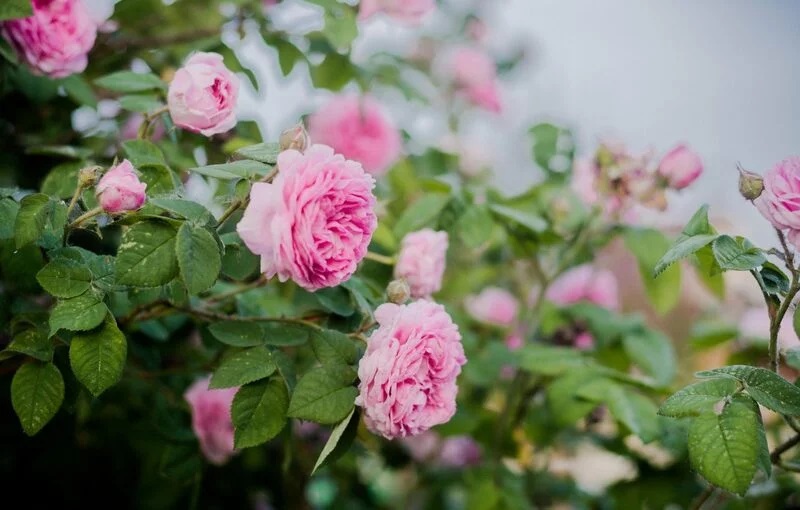 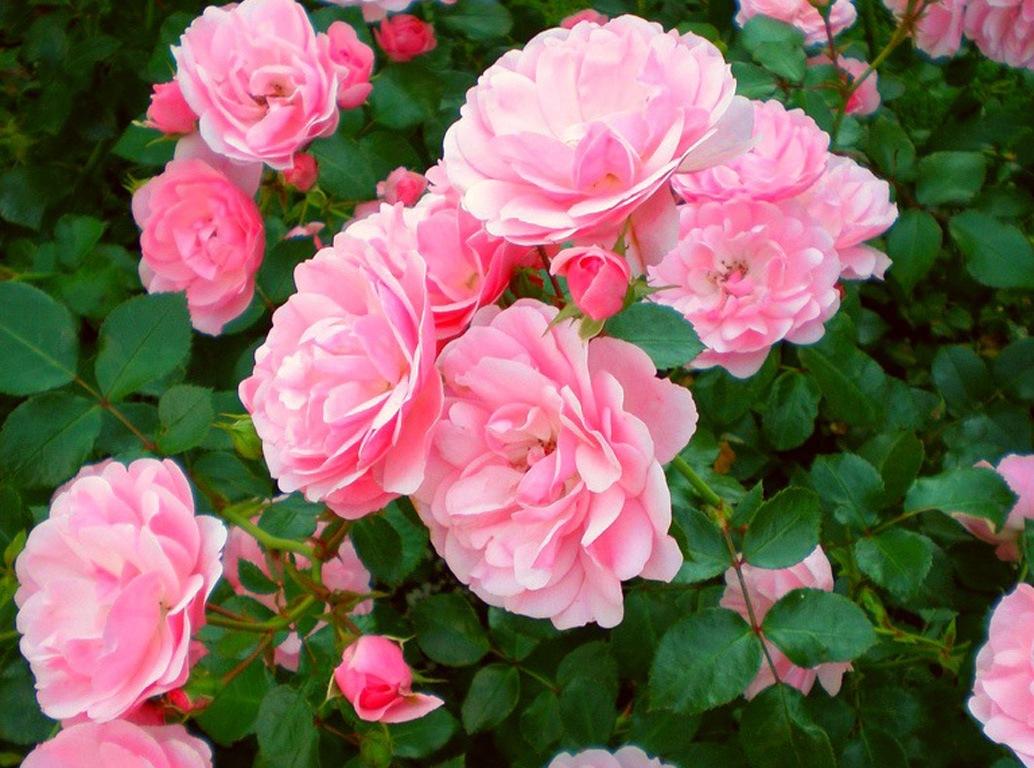
I have wanted to experiment with different varieties of roses for a long time. However, for a long time, I was busy working with such "interesting" objects as radioactive waste; there was no time left for experiments with flowers. When I became free and had the opportunity to experiment with roses, the tea rose bushes (Rosa odorata) were finishing blooming. The edges of the petals began to dry out and this spoiled the appearance of the flowers. I decided it was better to experiment with such flowers than to wait a whole year. As a child, I treated a tea rose flower with ammonia and repeated this experiment as an adult, but did not shoot a video. I remember very well that a pink rose turned green in an ammonia atmosphere, after that the green flowers quickly turned brown. More precisely, while some parts of the petals had not yet turned green, others were already green, and the edges of the petals were turning brown. Therefore, it was not possible to obtain a rose flower of pure green colour. This distinguishes the rose (Rosa odorata) from many other flowers, which in ammonia first turn blue, green, purple or another colour and only then become yellow or brown. This time, I planned to film a video of the experiment, and then conduct similar experiments with other varieties of roses for comparison. I placed a pink Rosa odorata flower in a glass and added a concentrated ammonia solution. The pink petals began to turn green, but even before this process was completed, the edges of the petals began to turn brown; the brown areas increased rapidly. When the pink colour completely disappeared, the rose was green in some places, brown in others, and after a few minutes, it was completely brown. I took the rose out of the glass; when standing in the air, it acquired a more intense brown colour. Everything was the same as in my previous experiments with this flower. |

Rosa odorata |

Pink Rosa odorata flowers and ammonia |
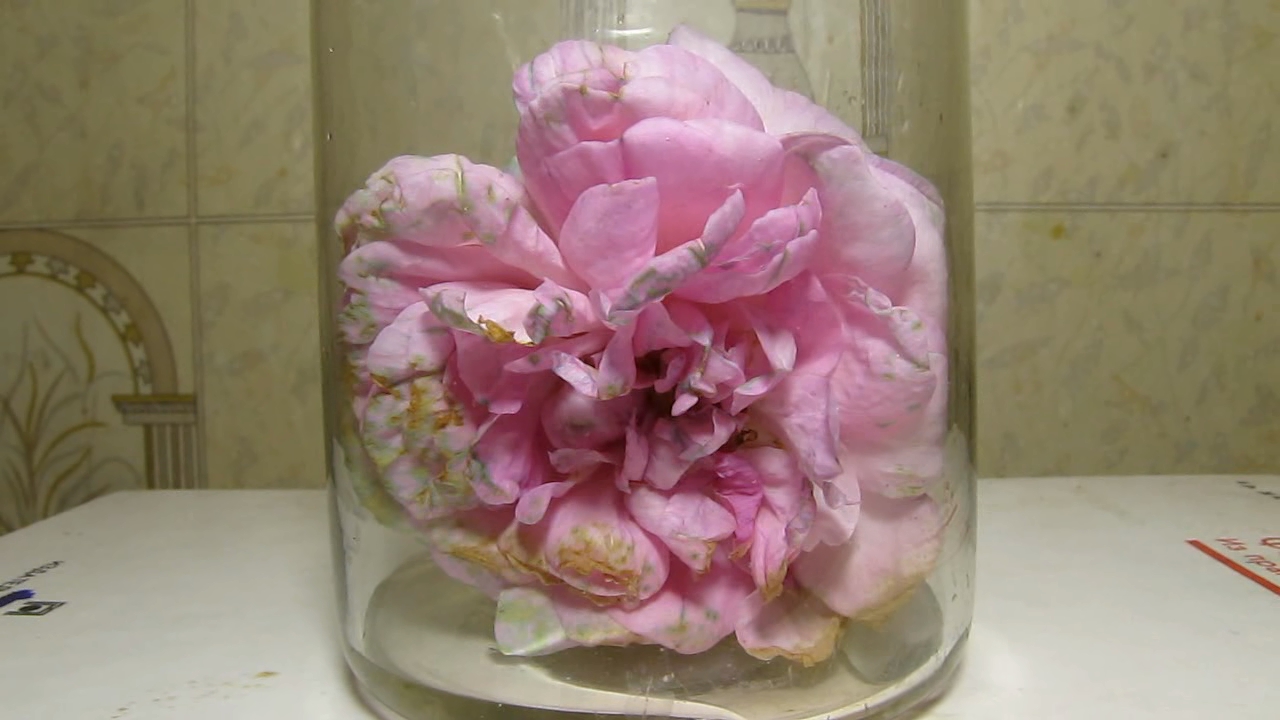
|
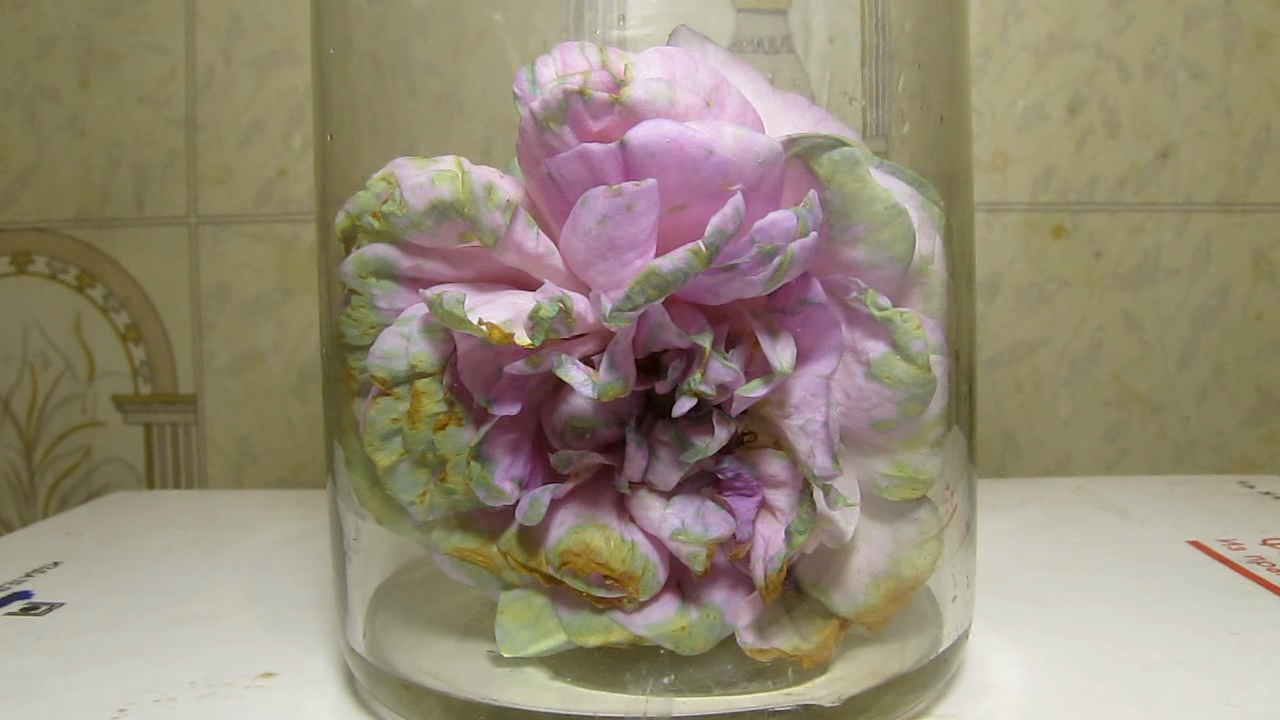
|
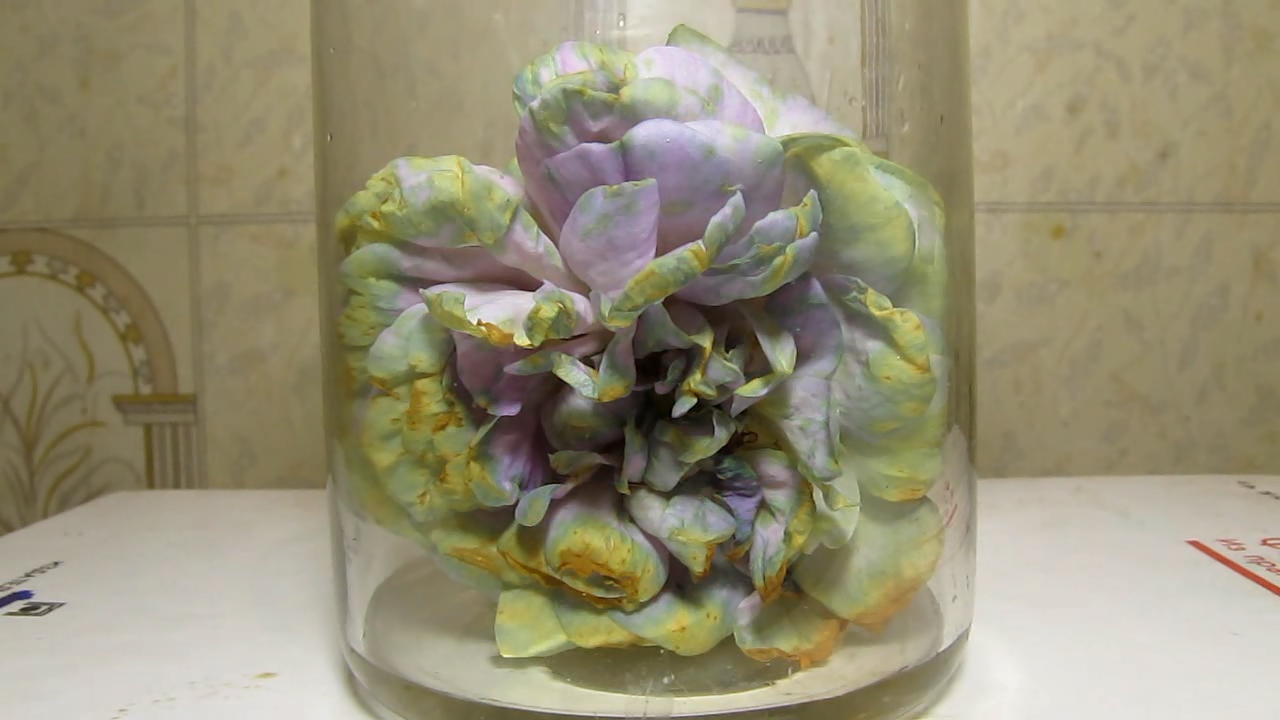
|
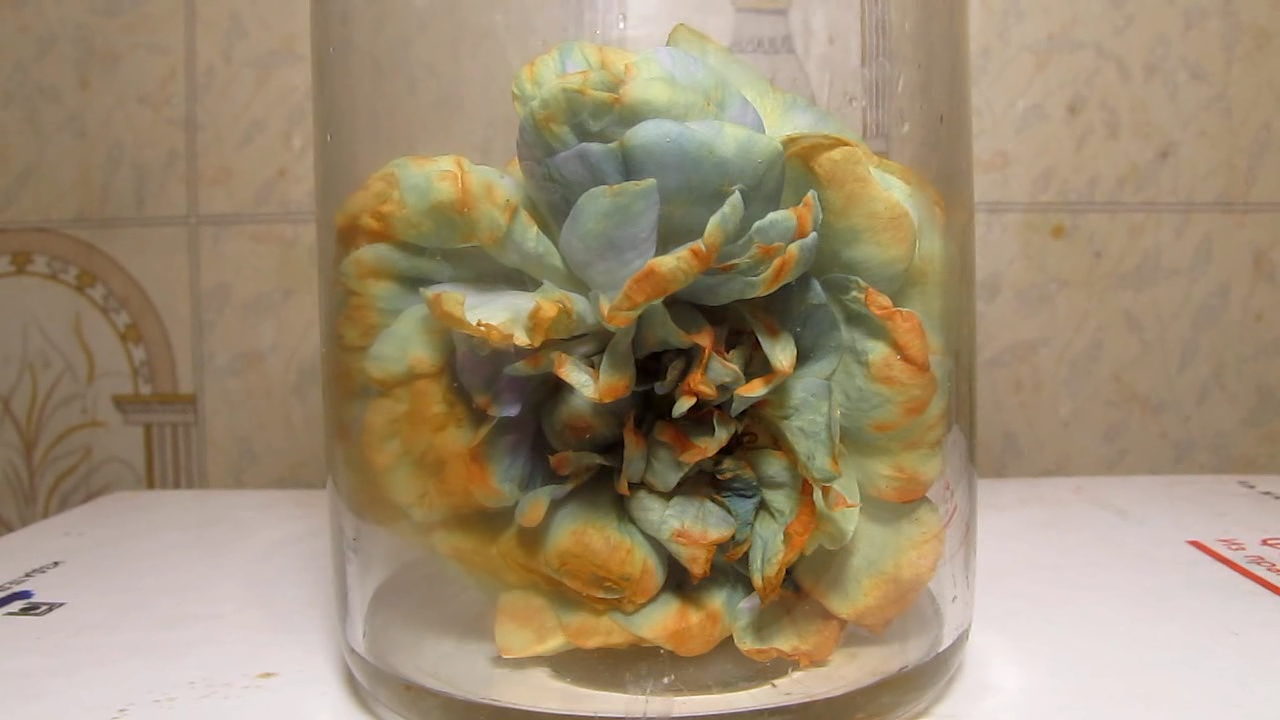
|
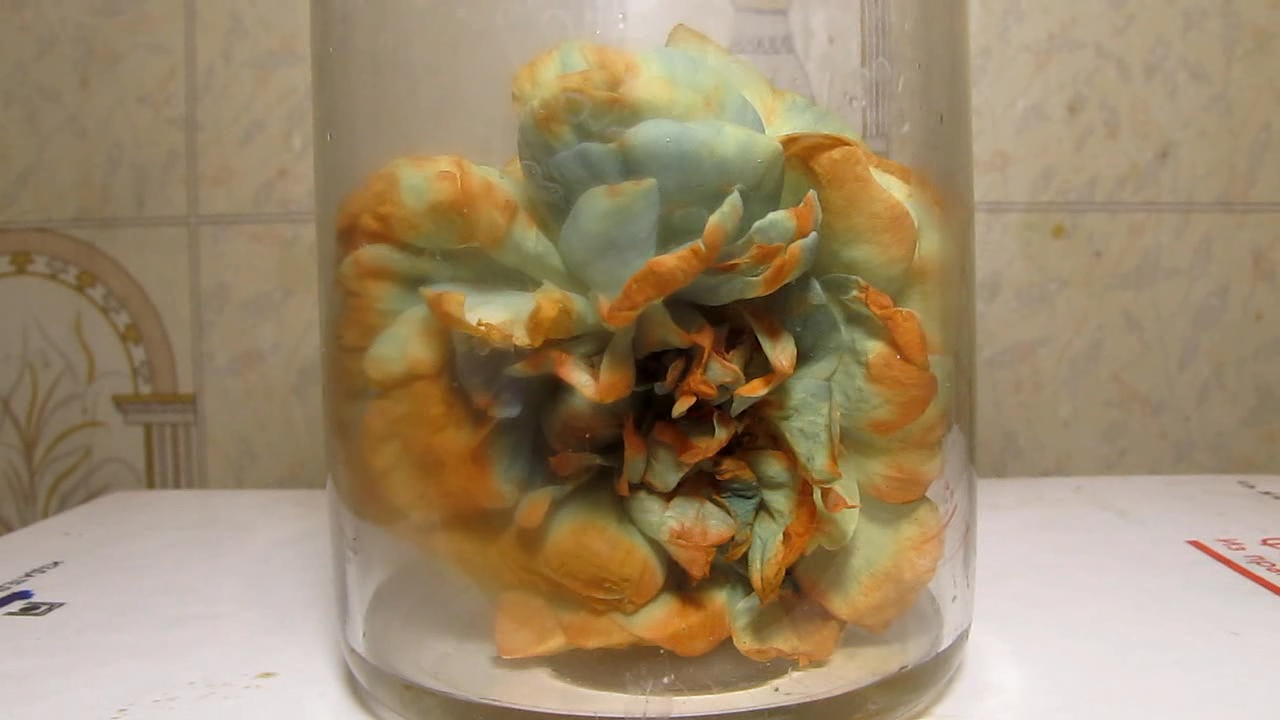
|
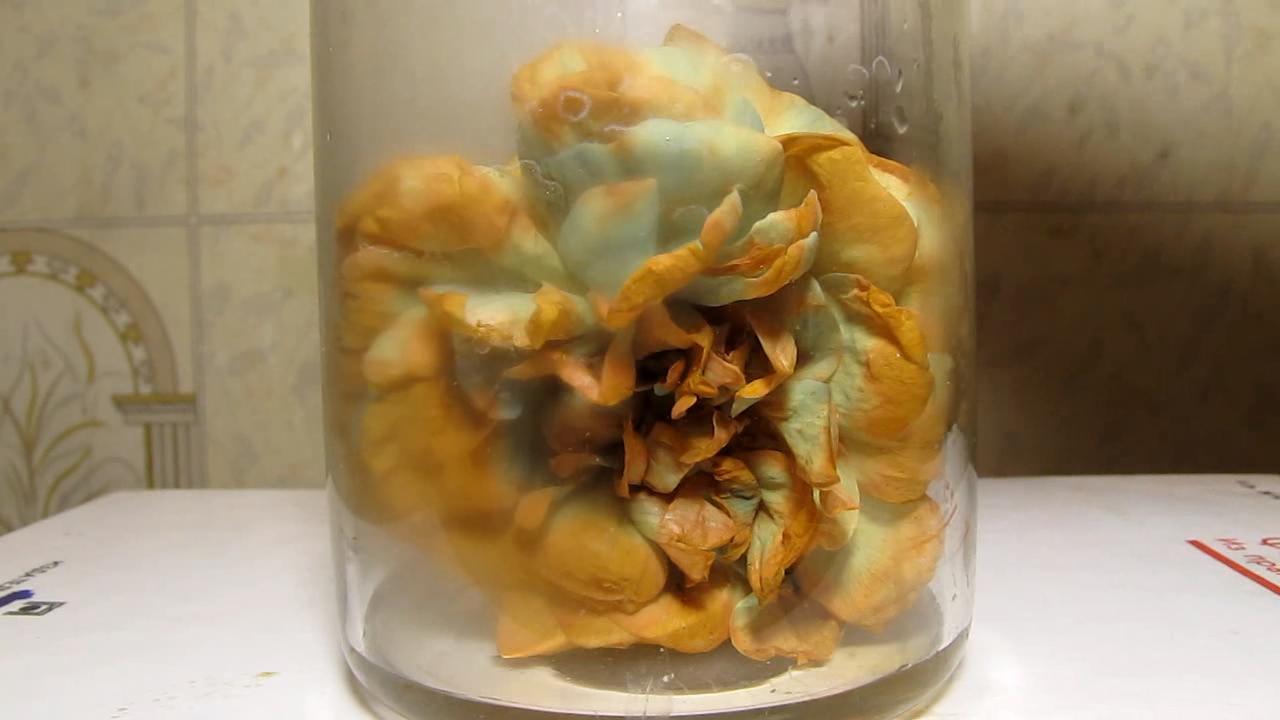
|
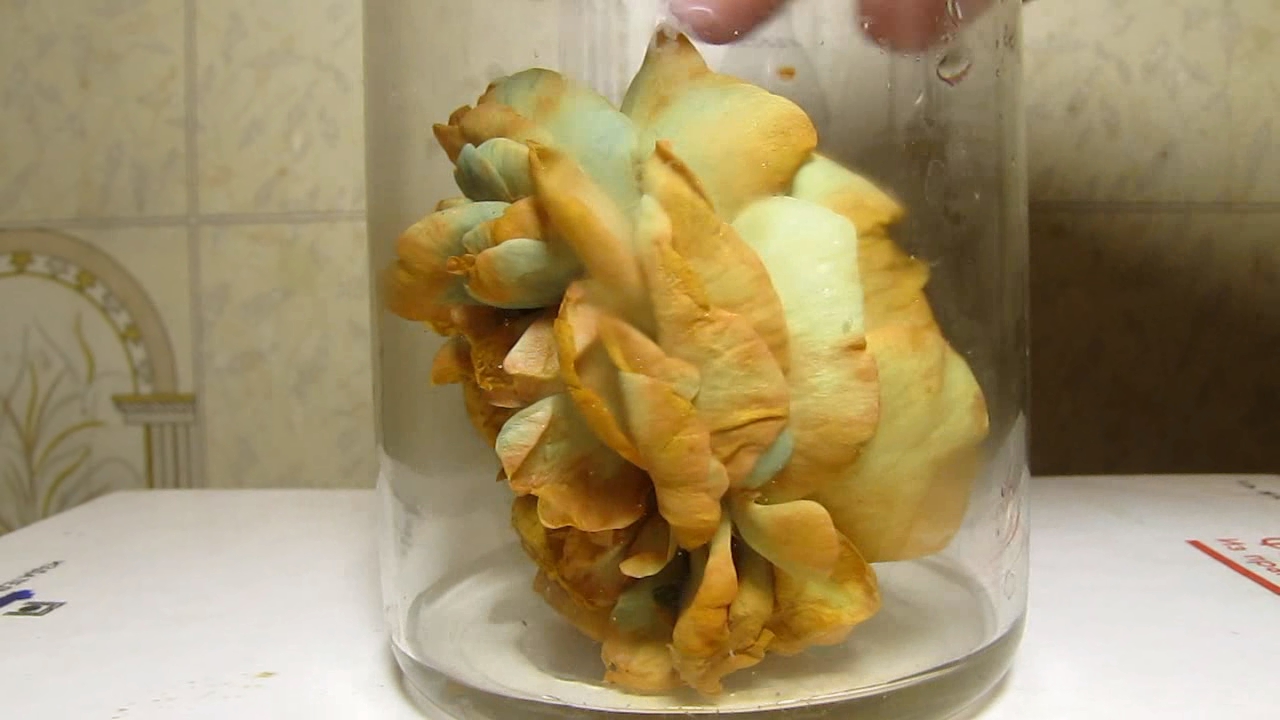
|
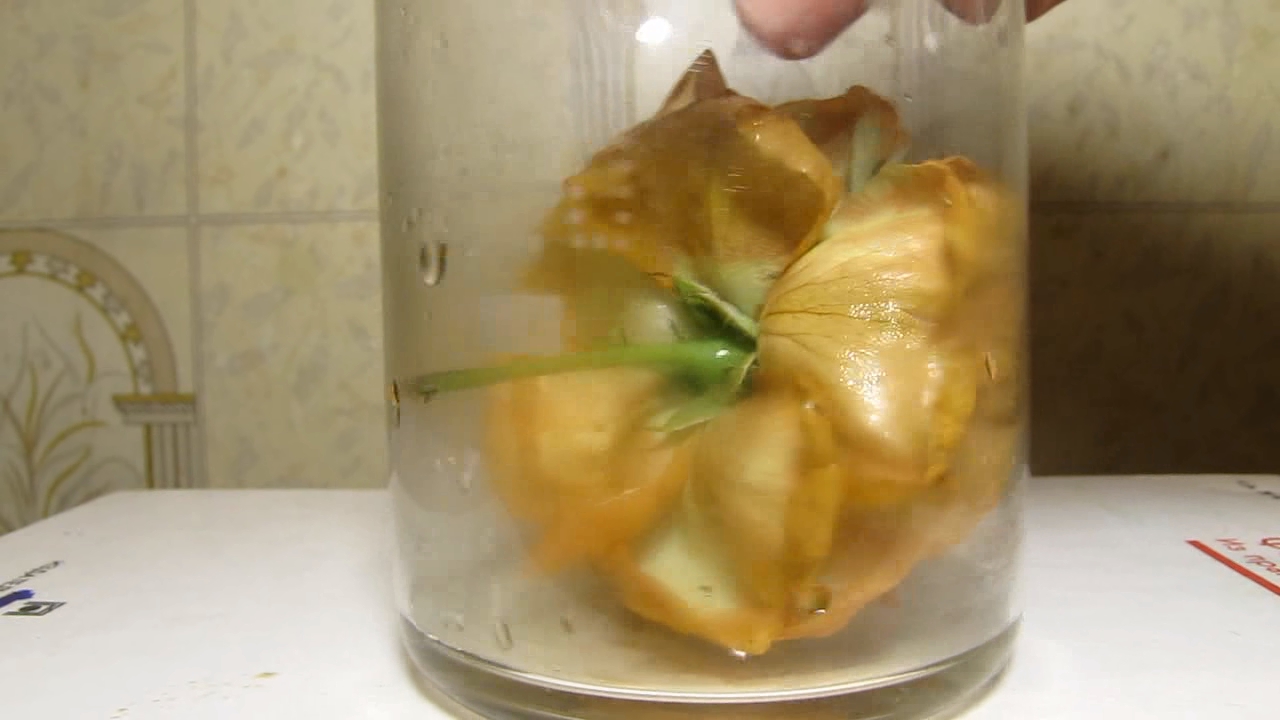
|

|
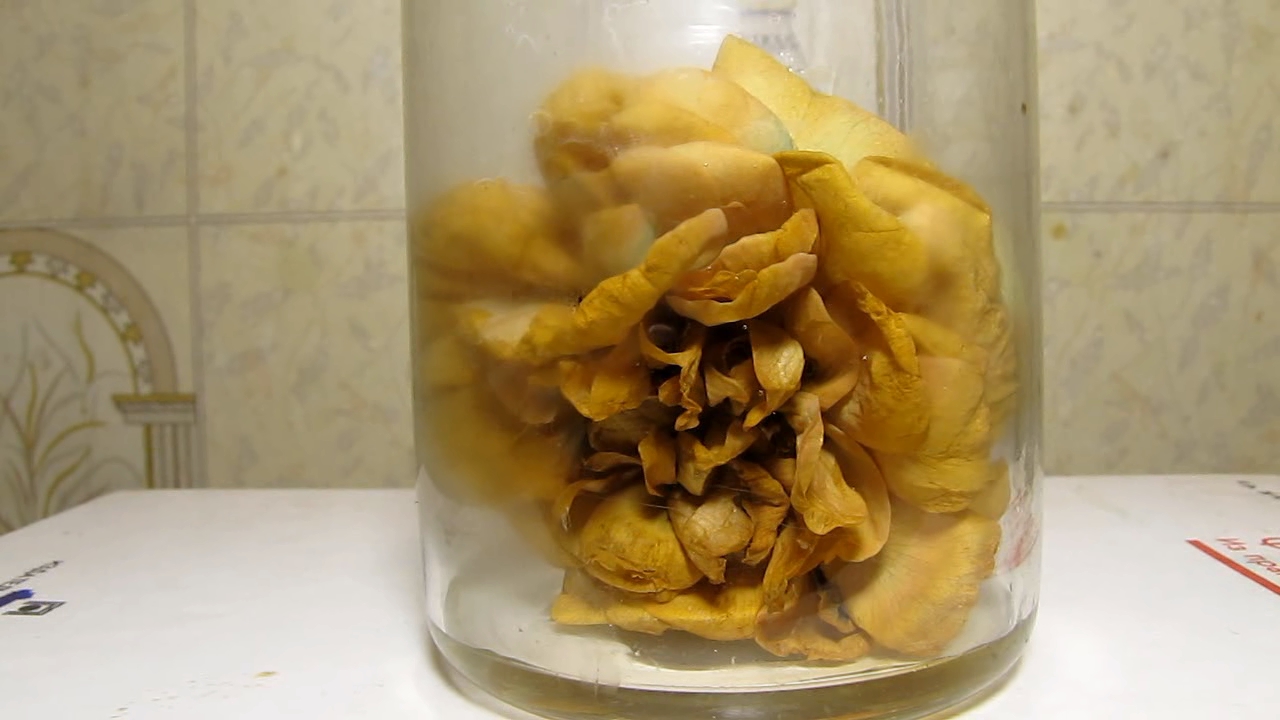
|
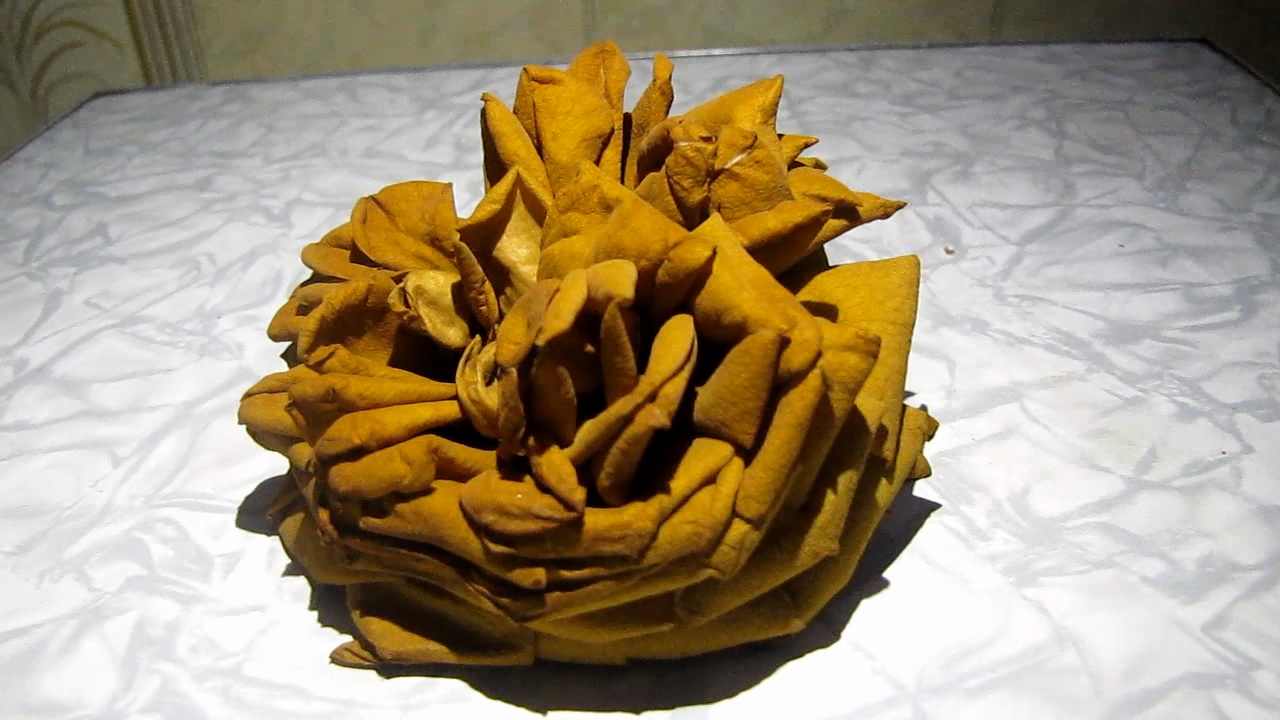
|
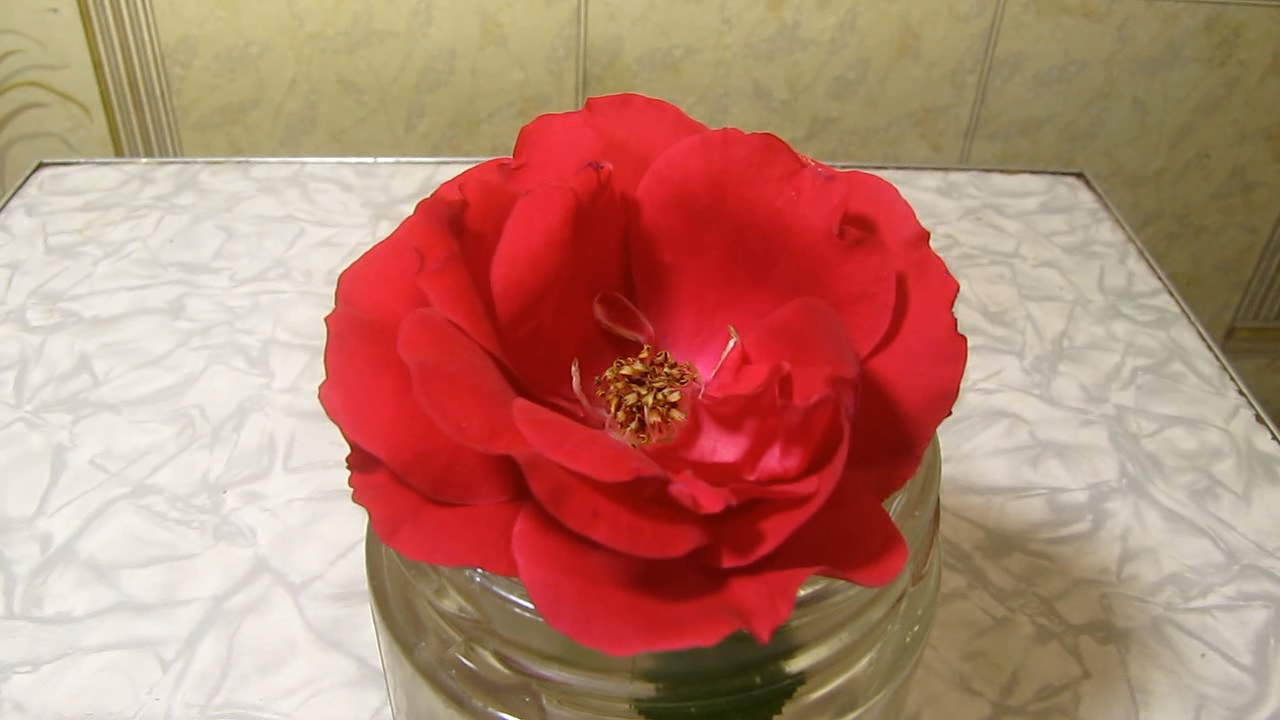
Red rose and ammonia |

|

|
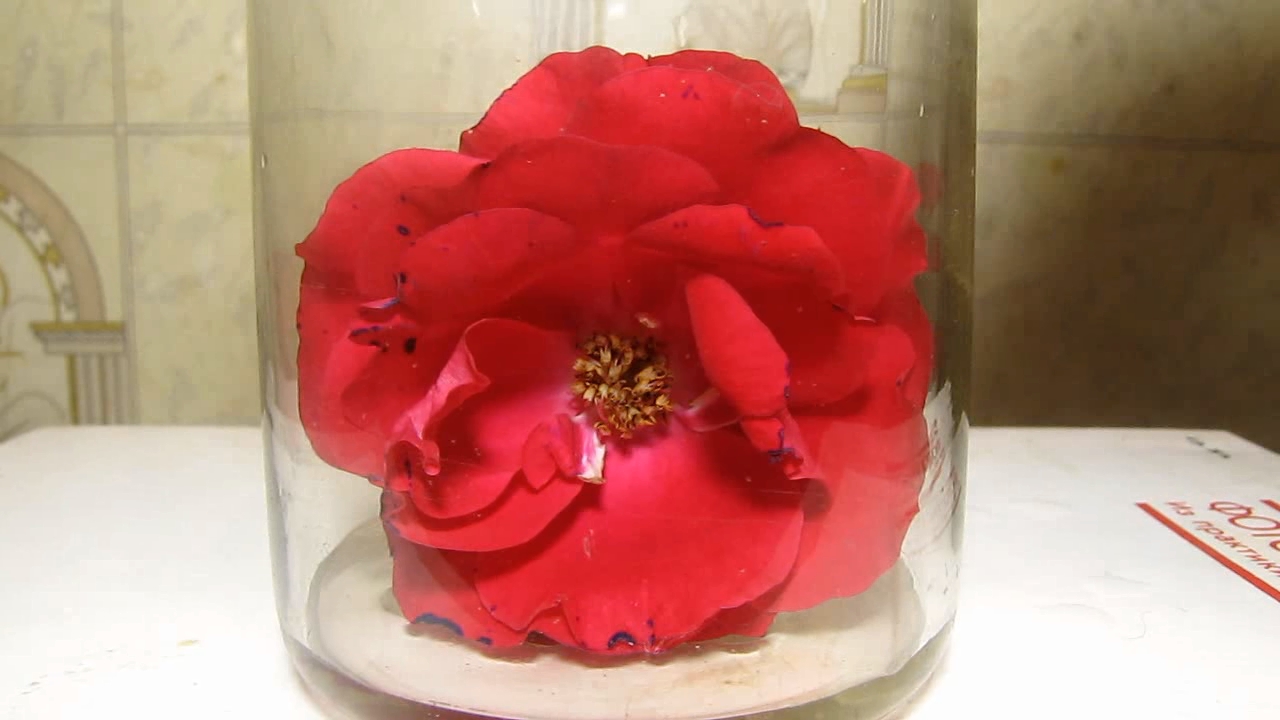
|
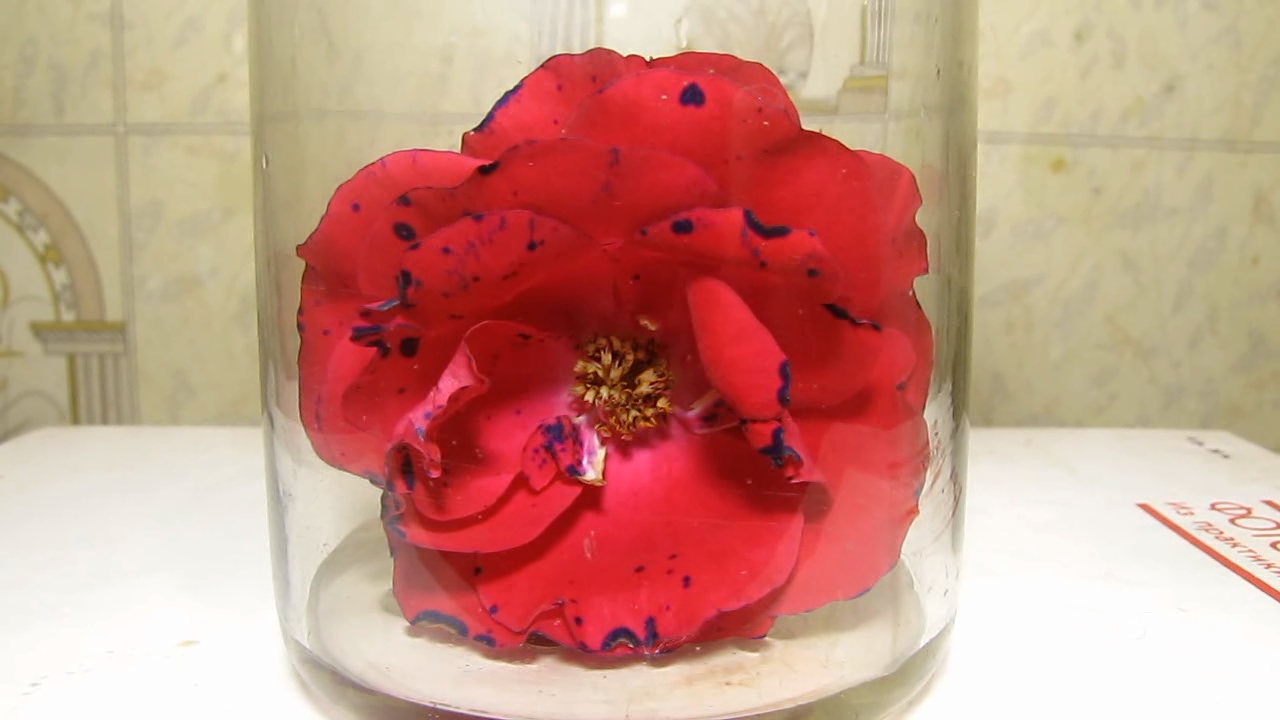
|
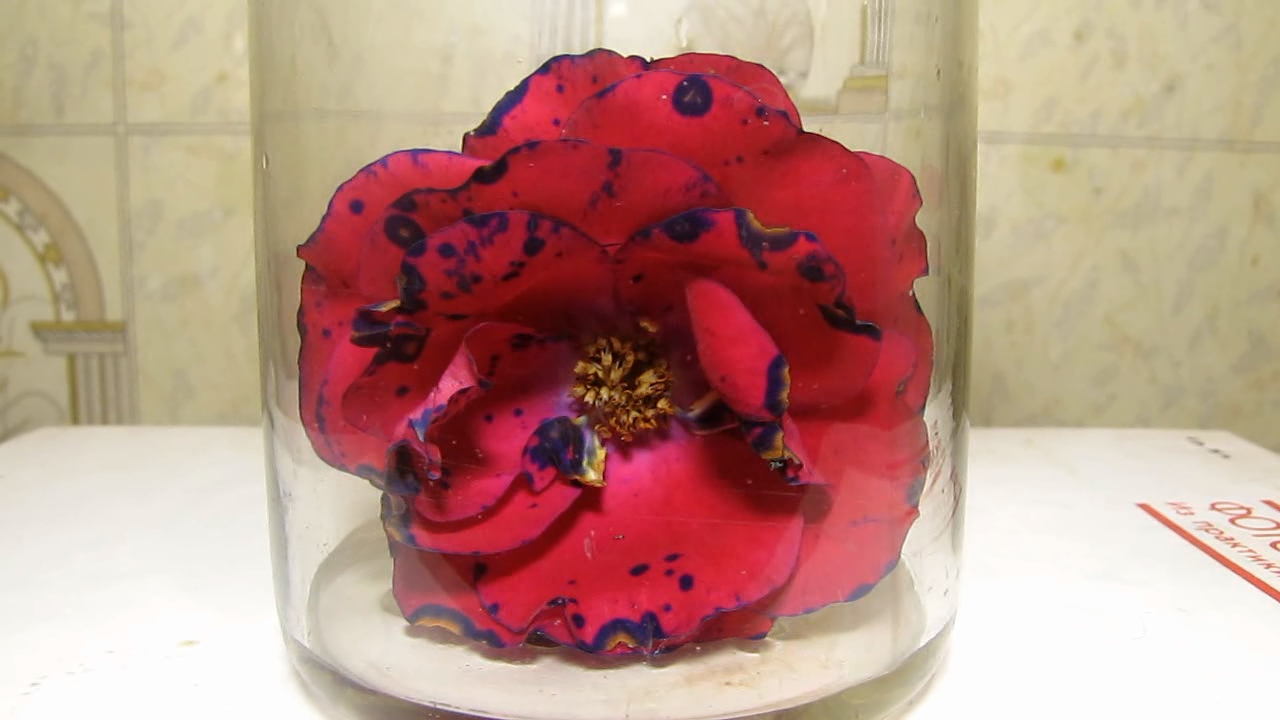
|
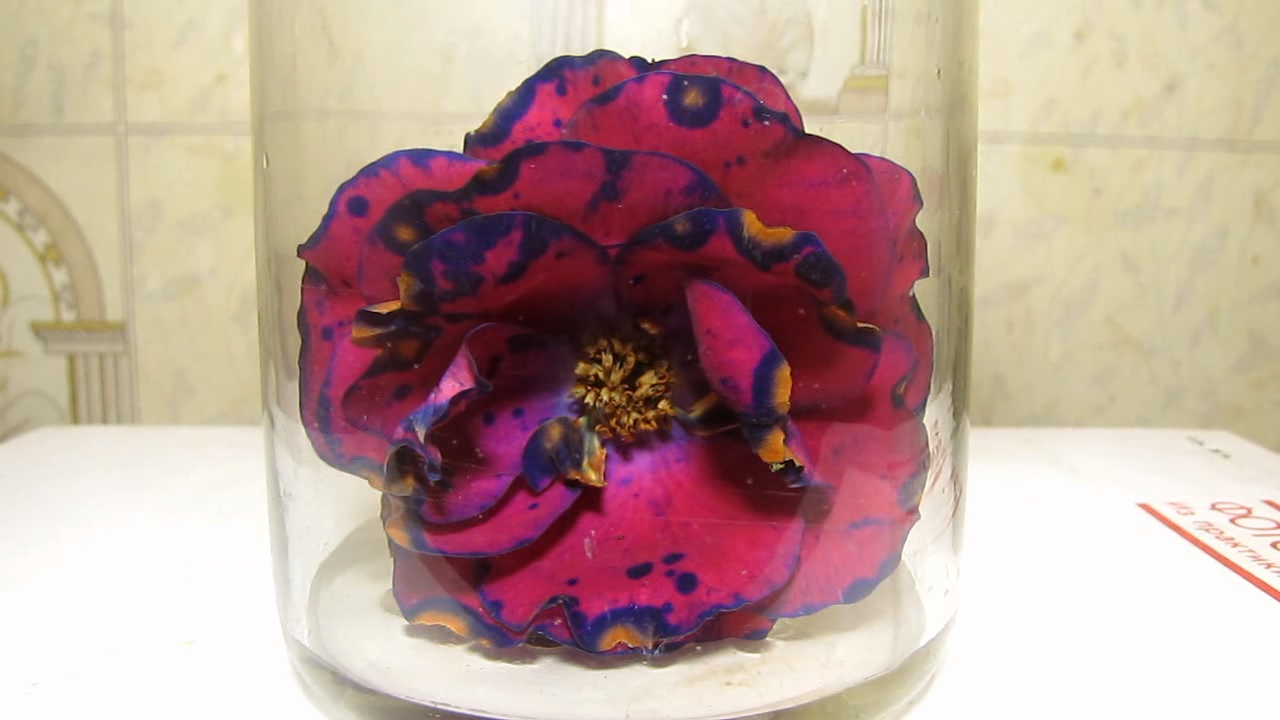
|
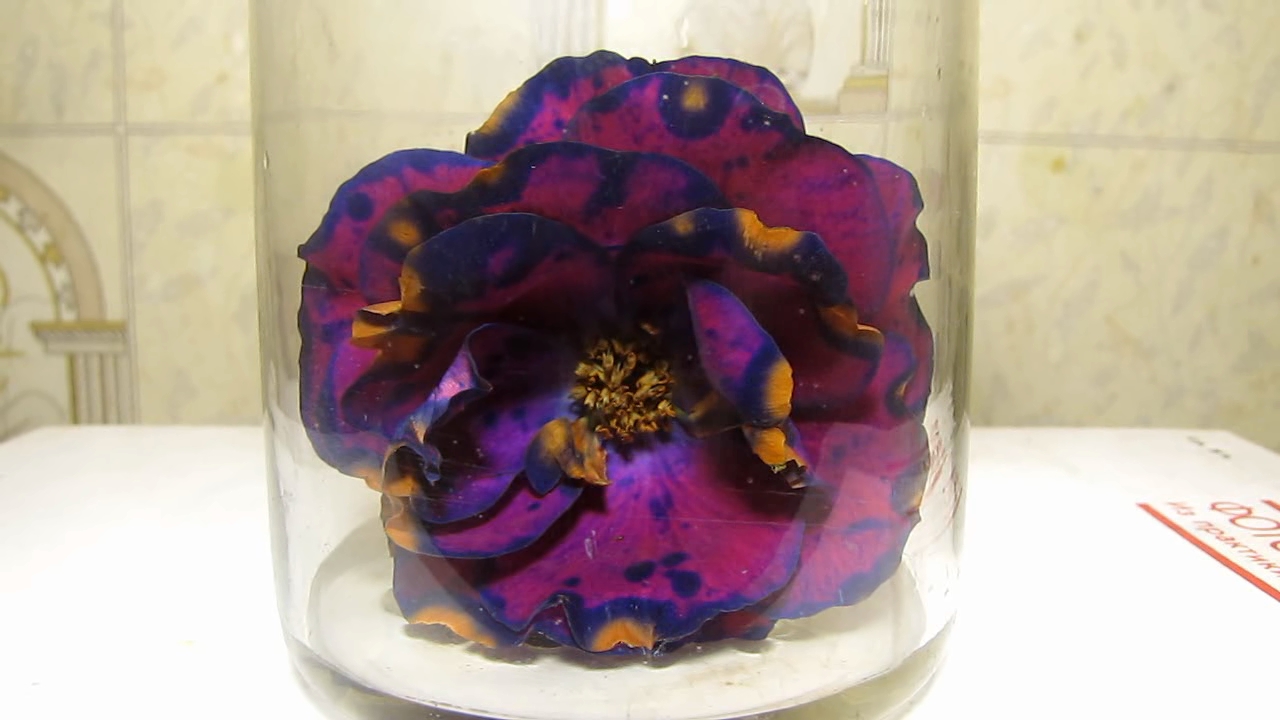
|

|
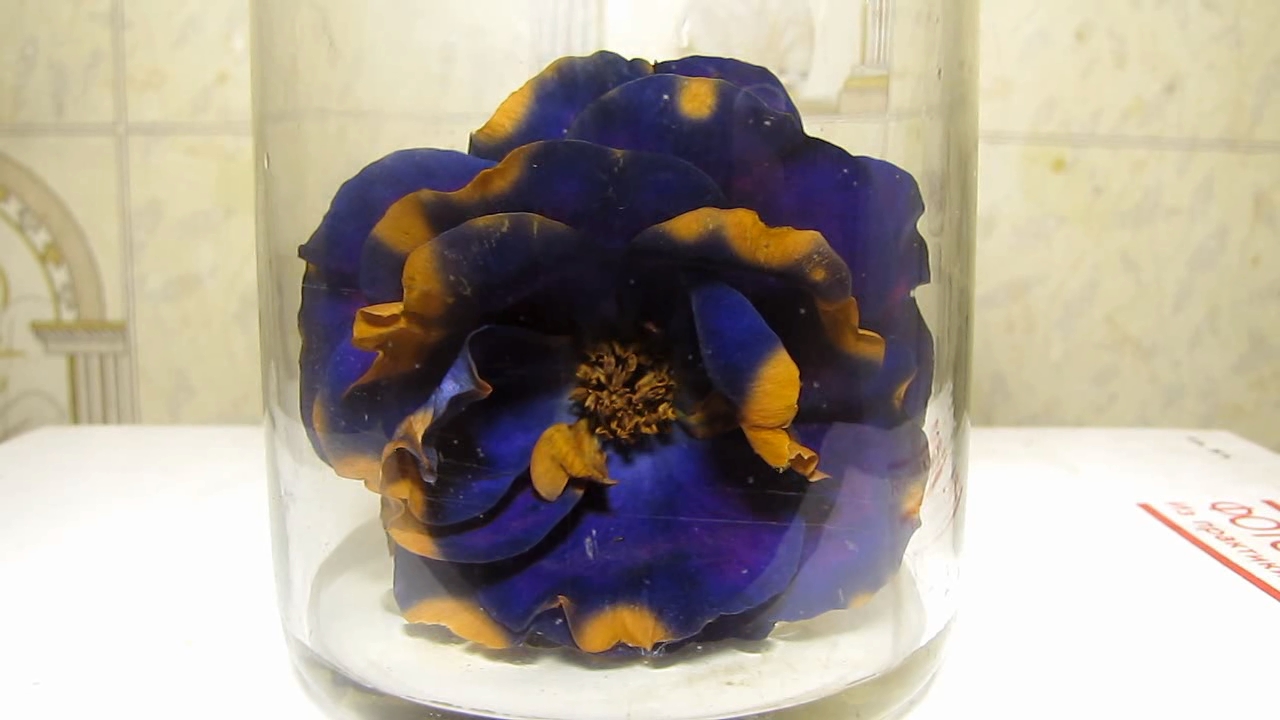
|
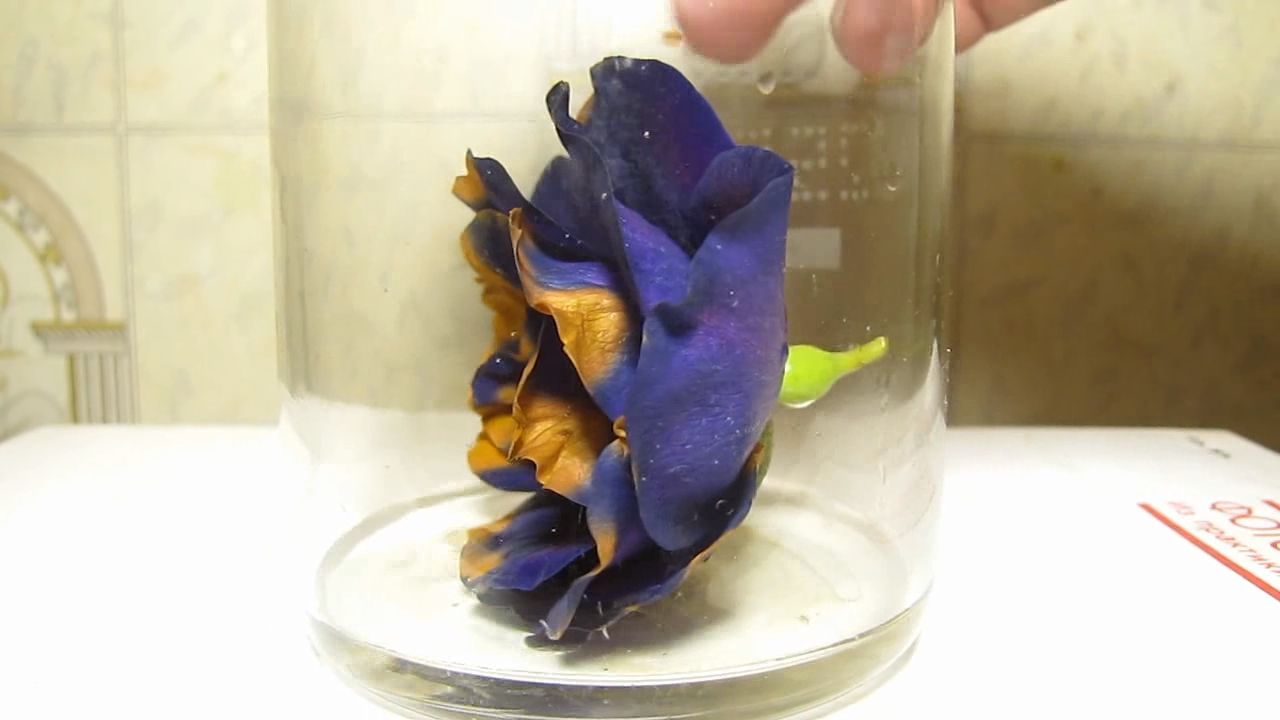
|
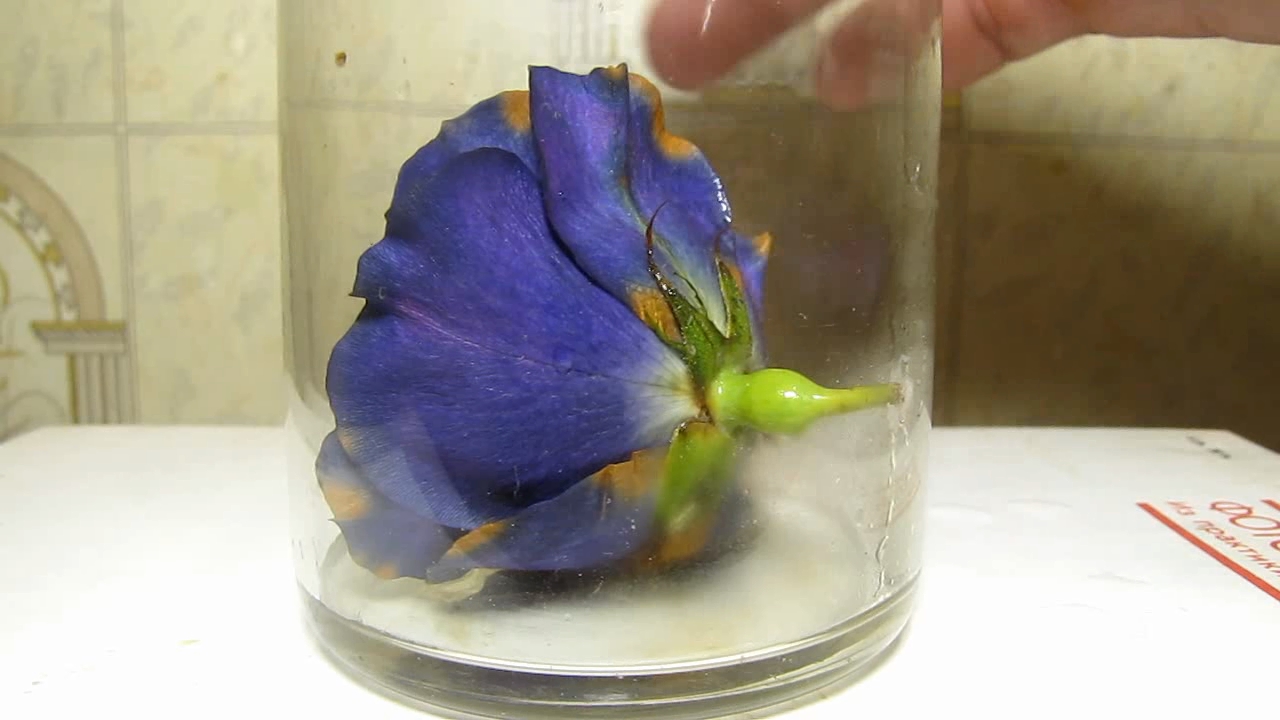
|
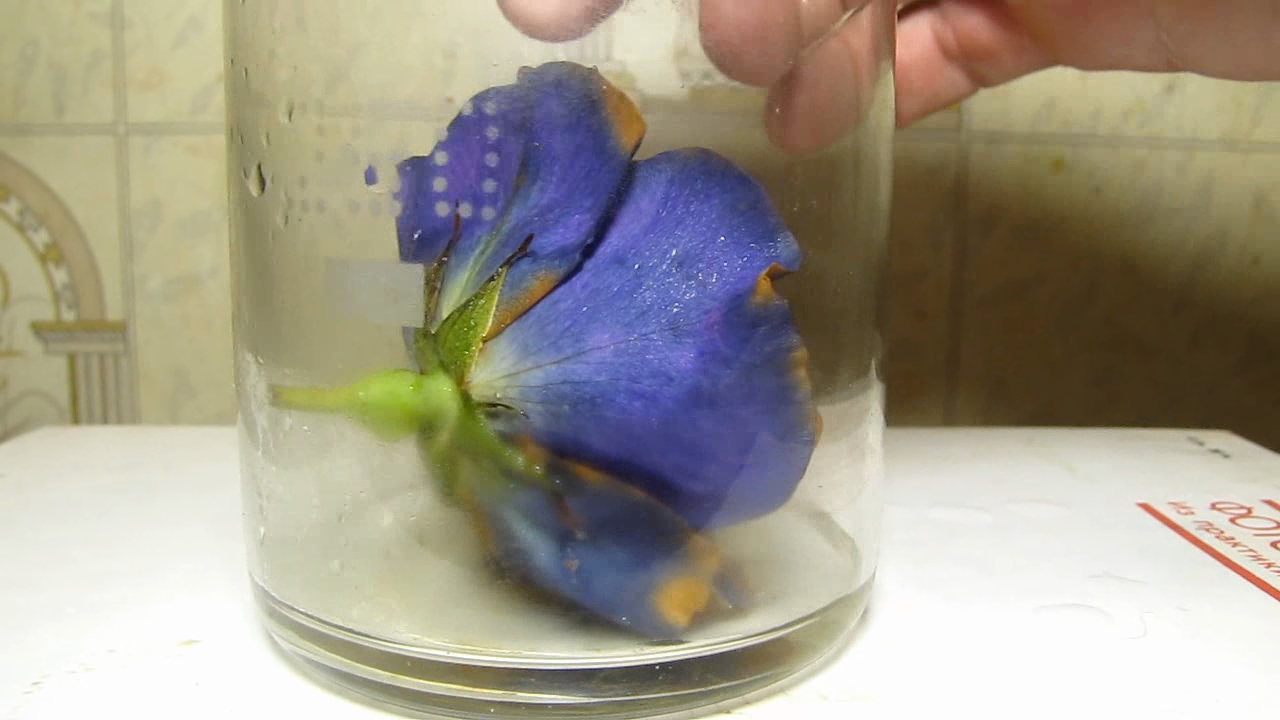
|

|
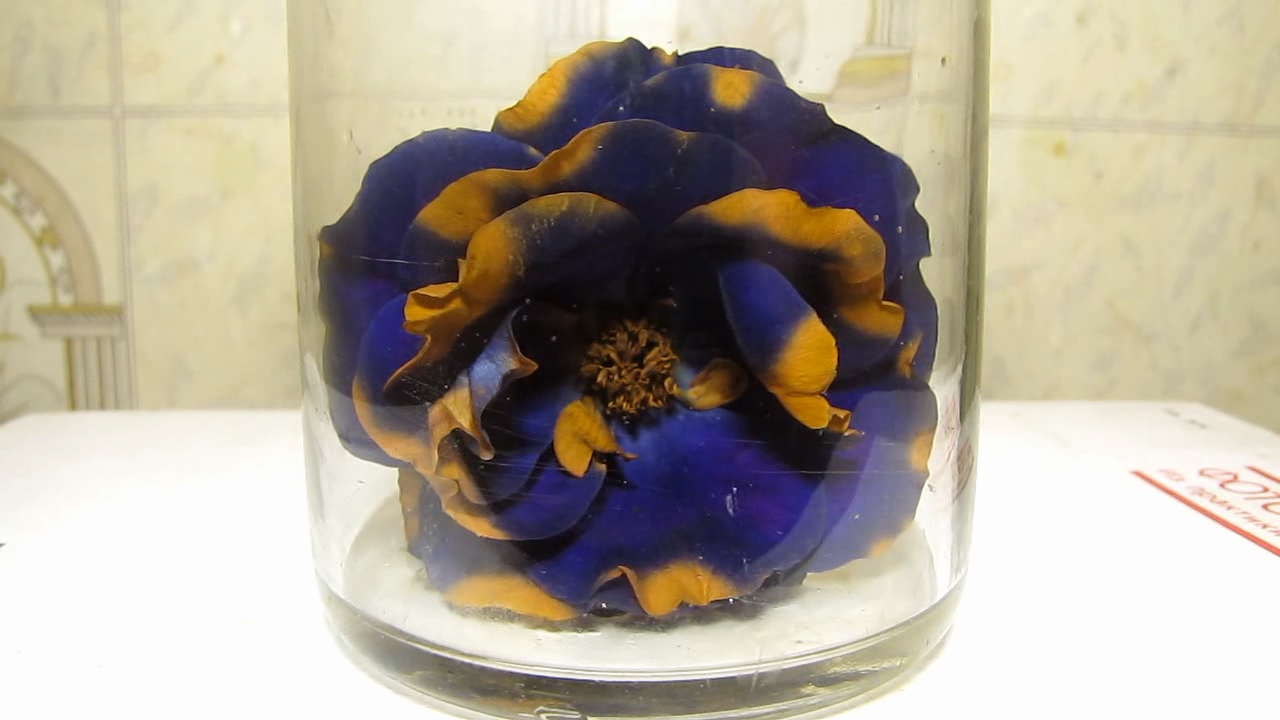
|
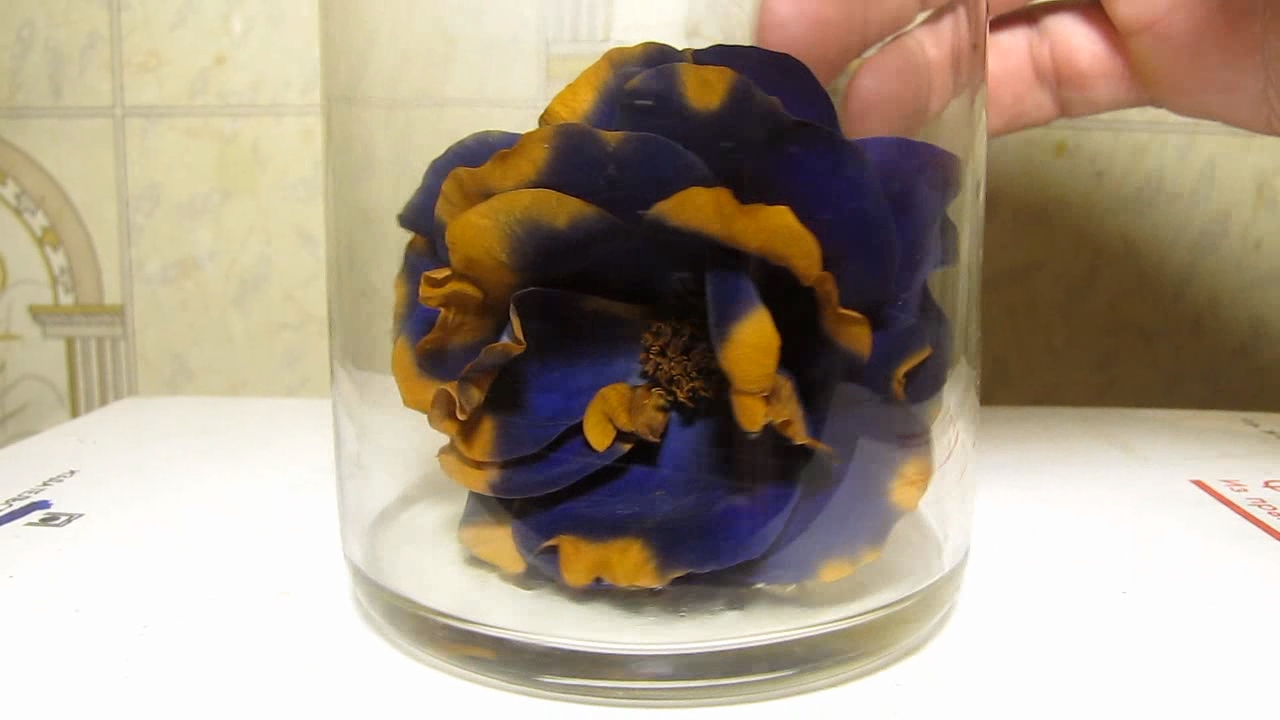
|

|
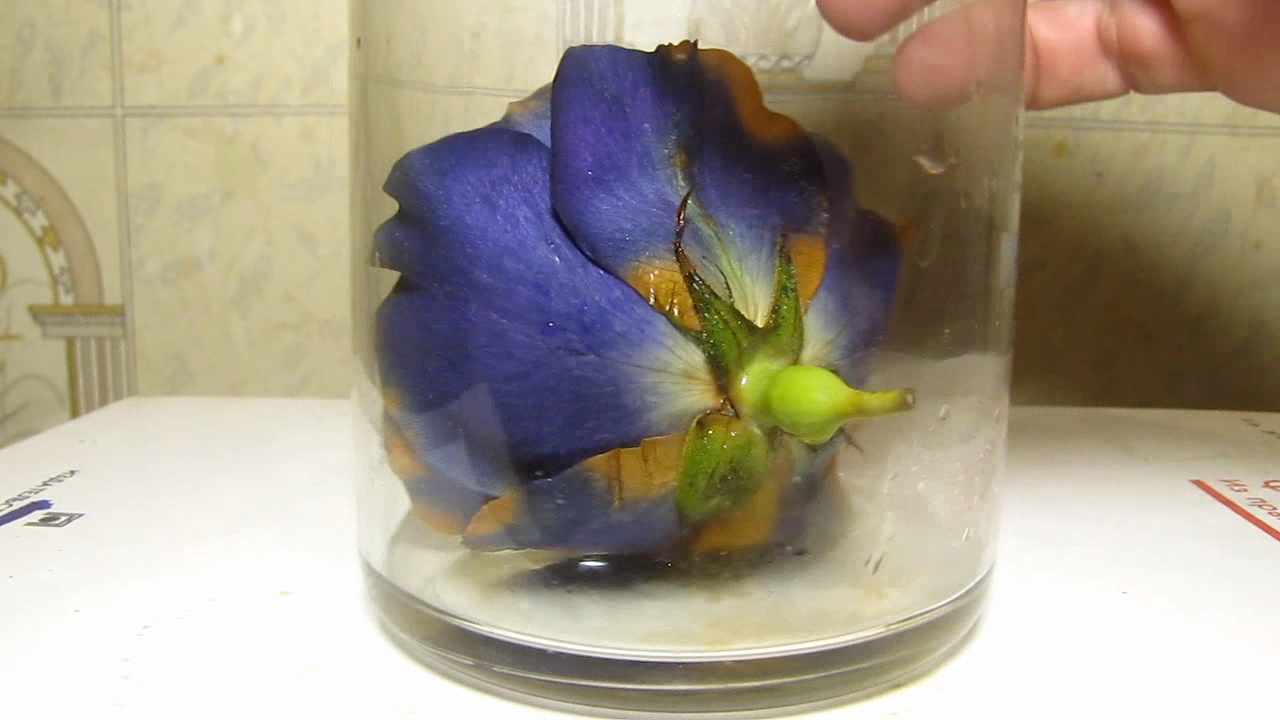
|
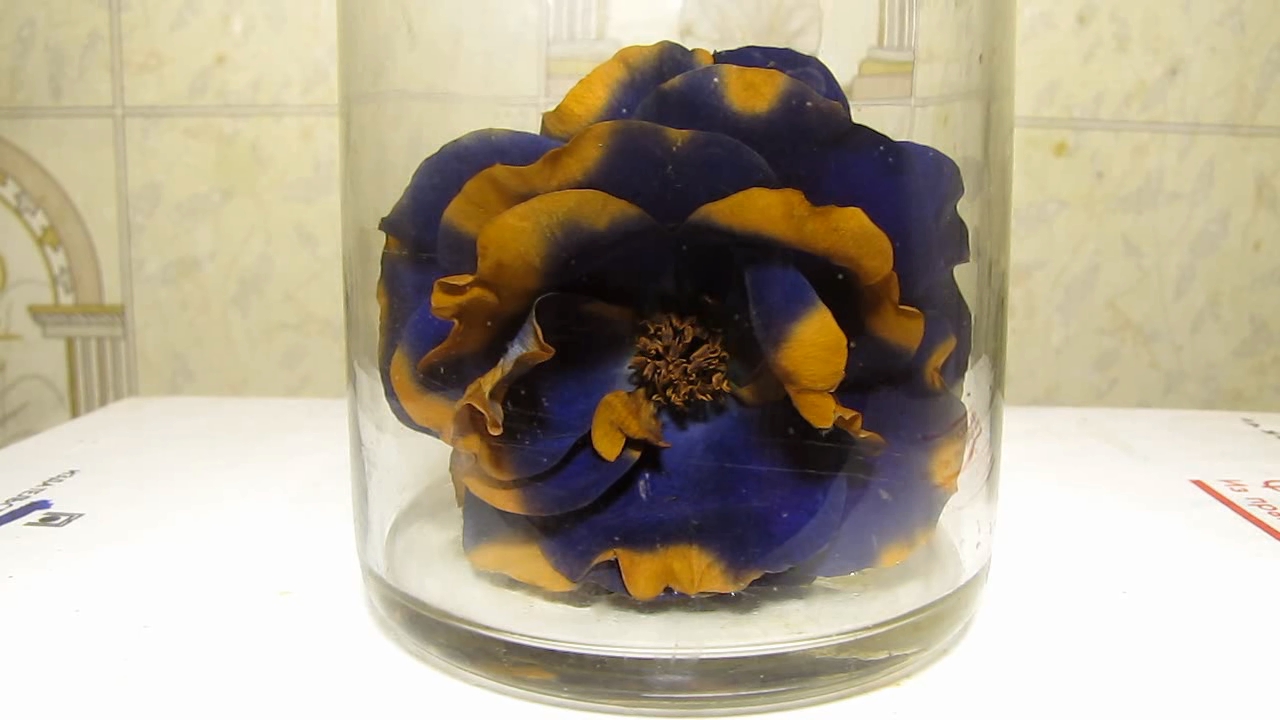
|
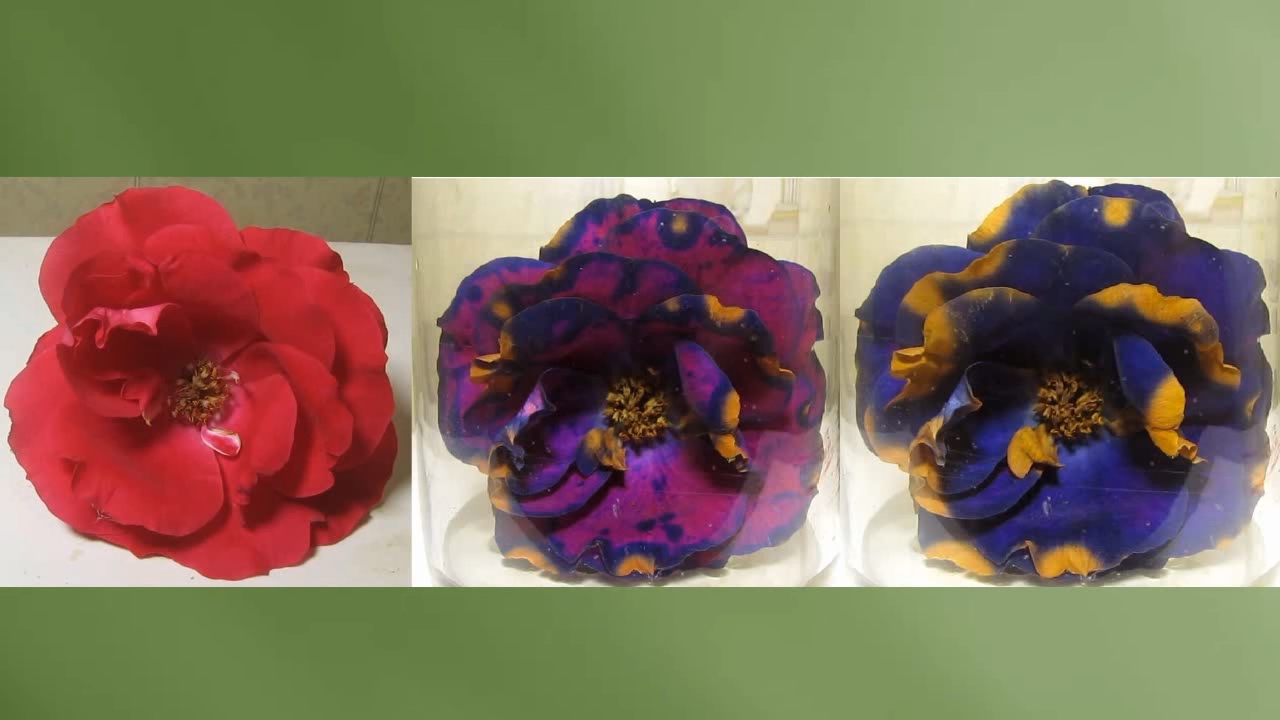
|
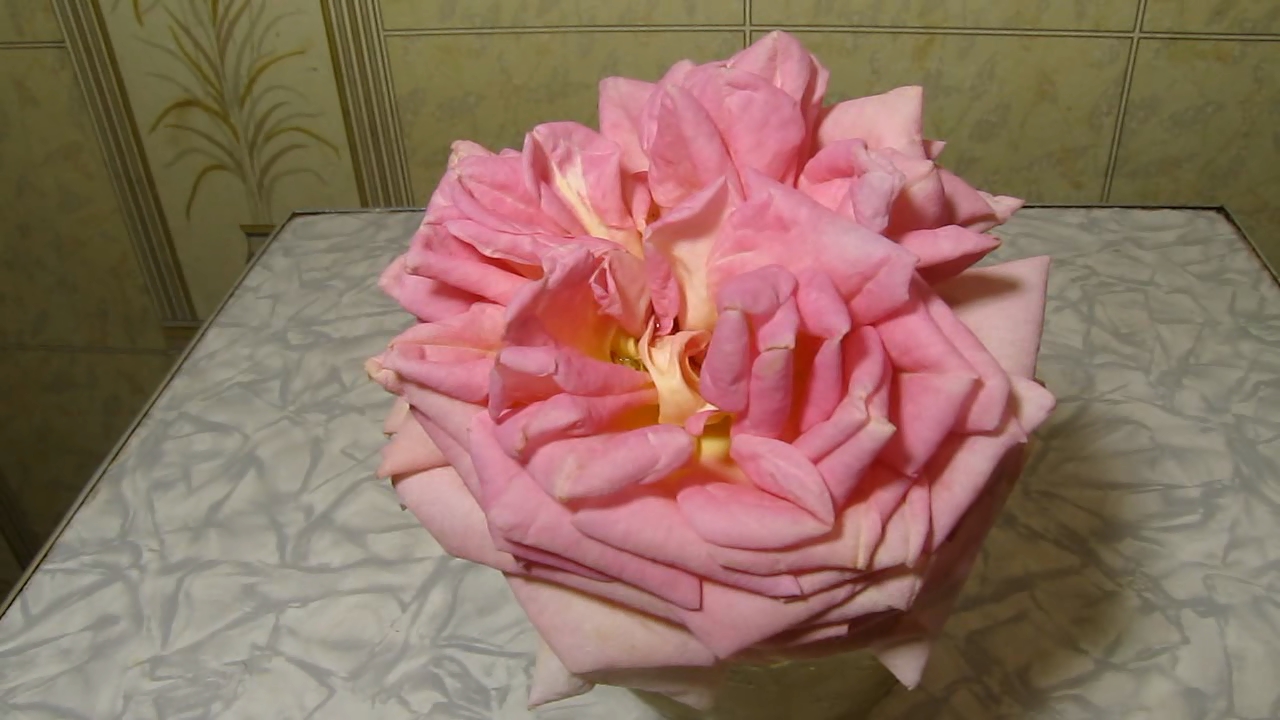
Pink rose and ammonia |
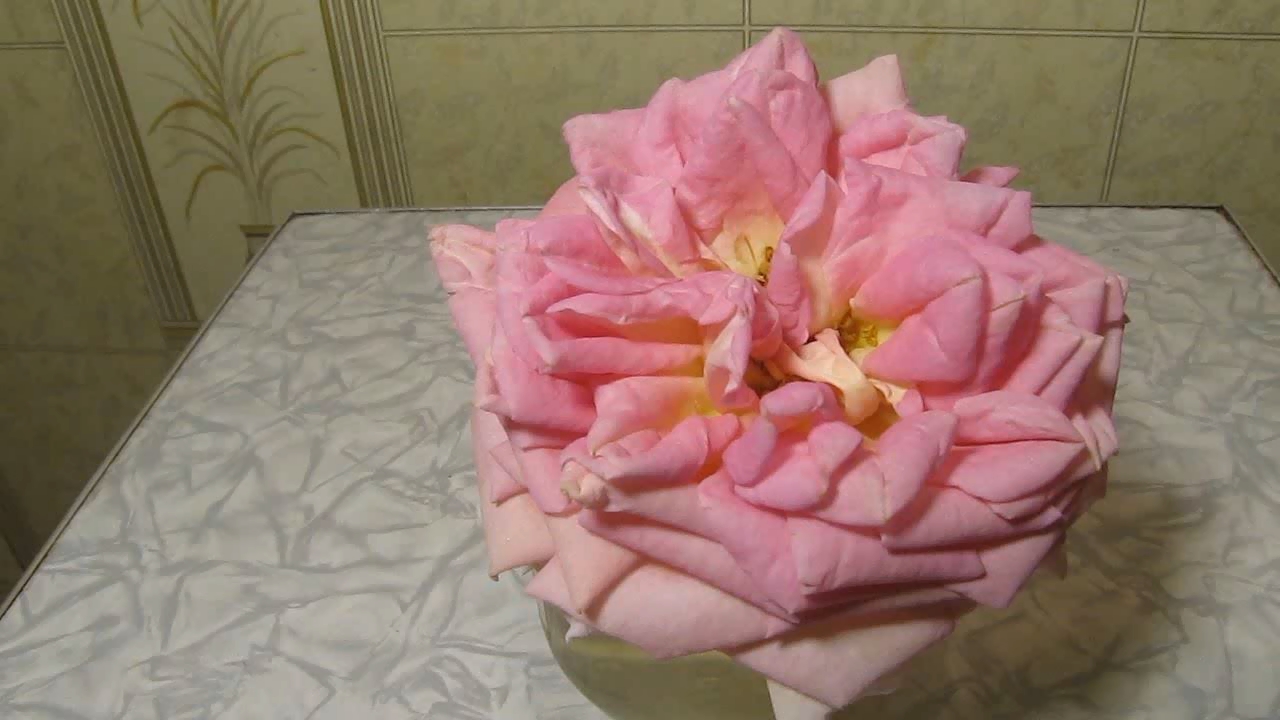
|

|
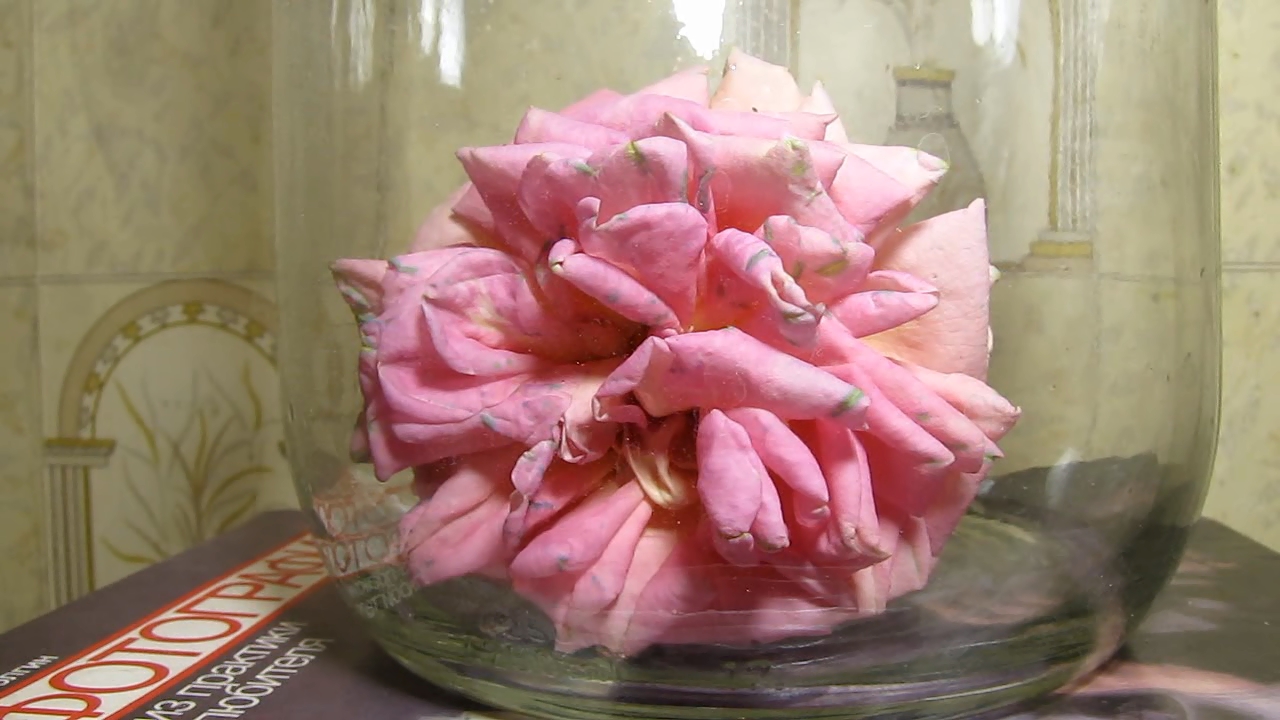
|
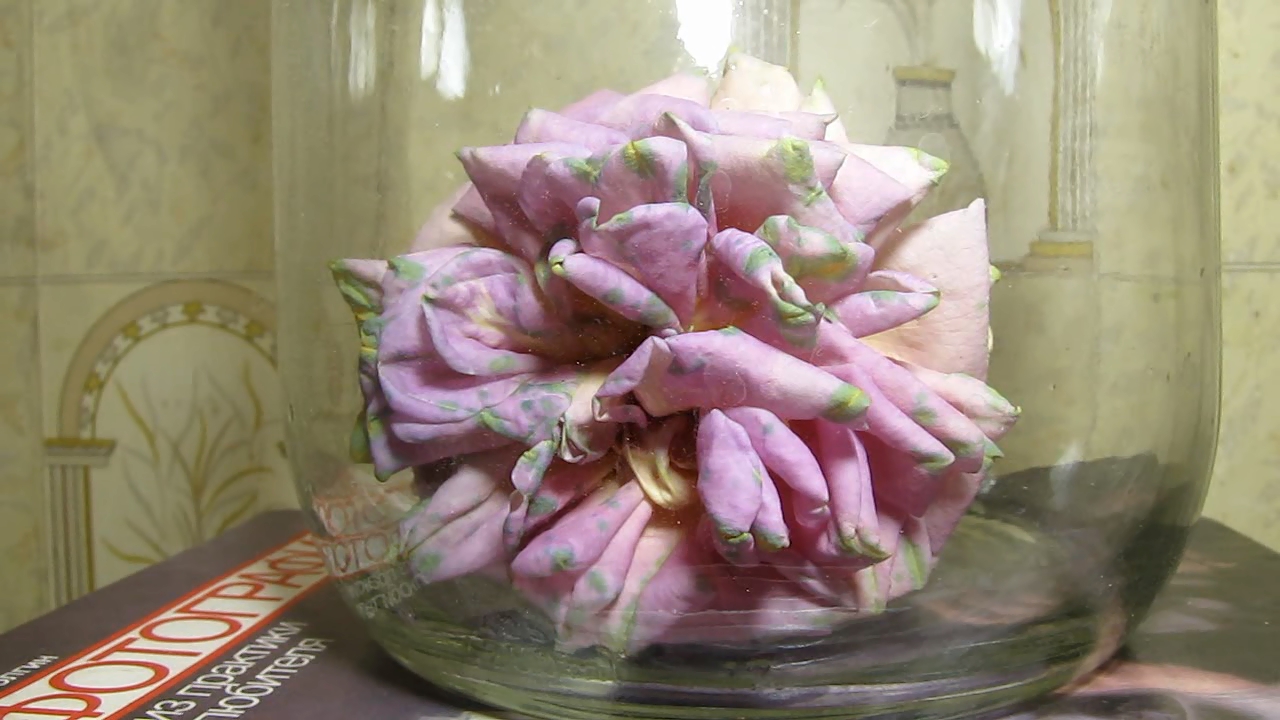
|

|

|
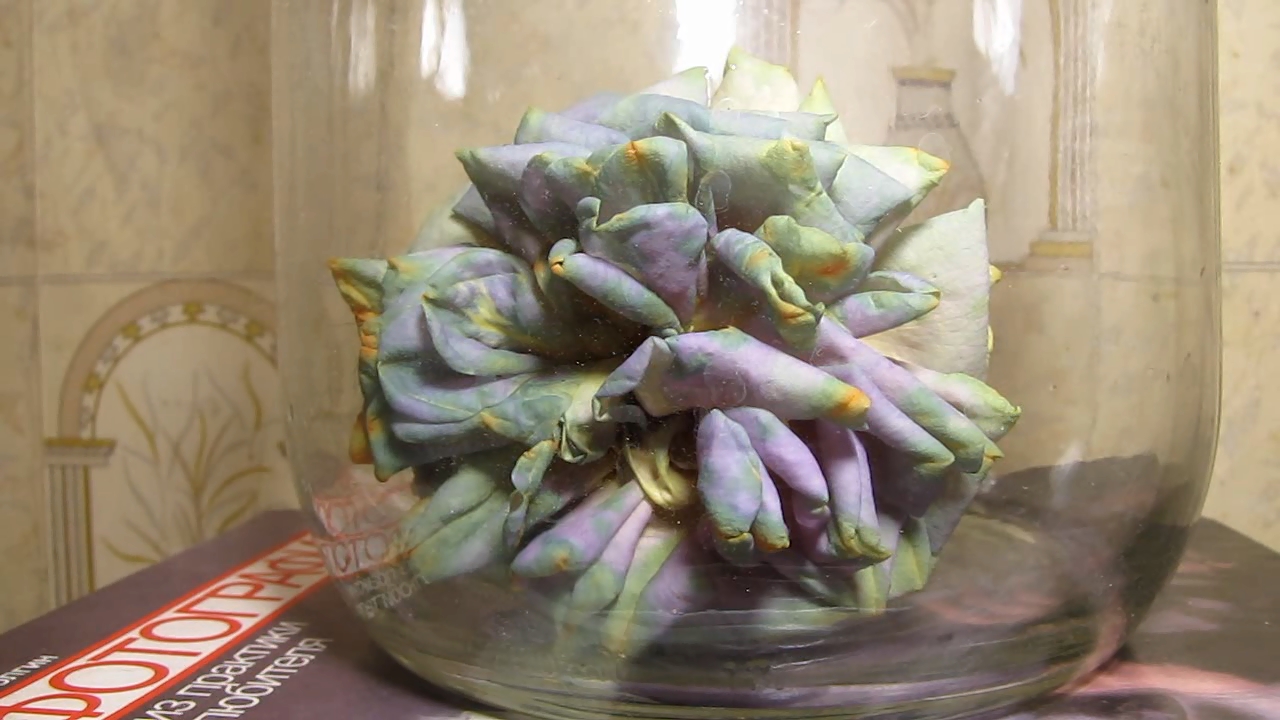
|

|
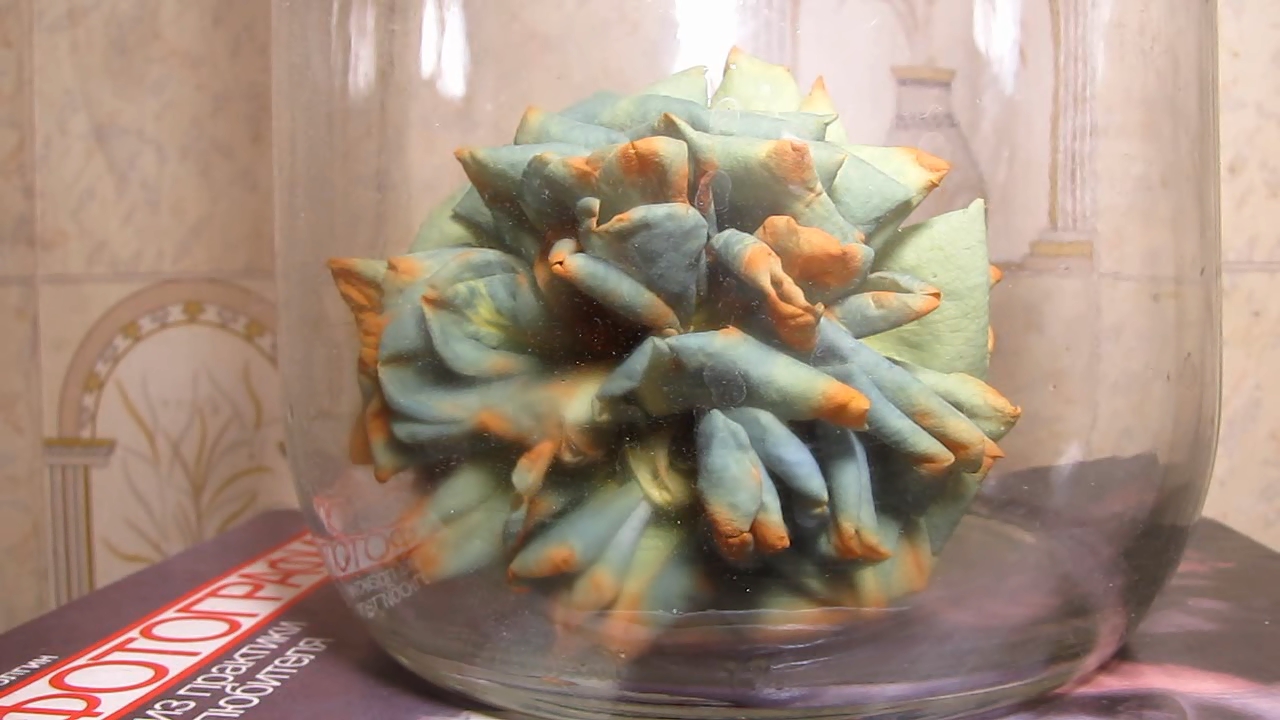
|
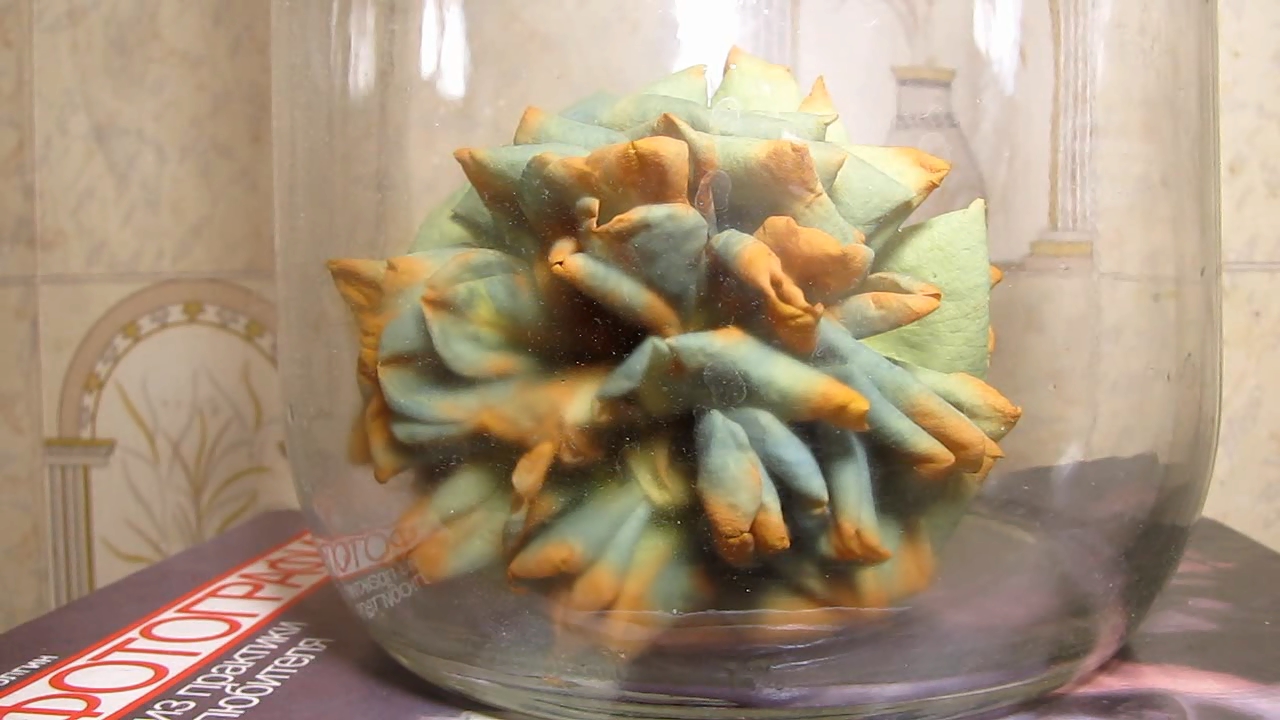
|

|
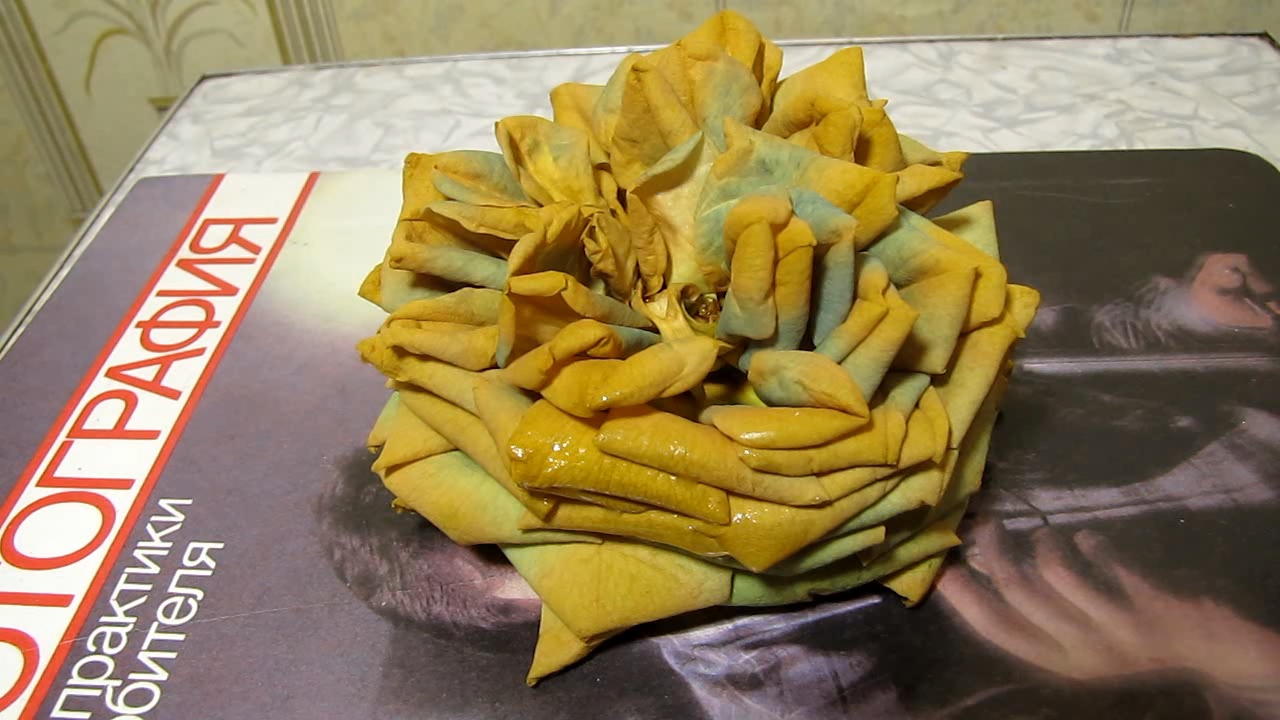
|
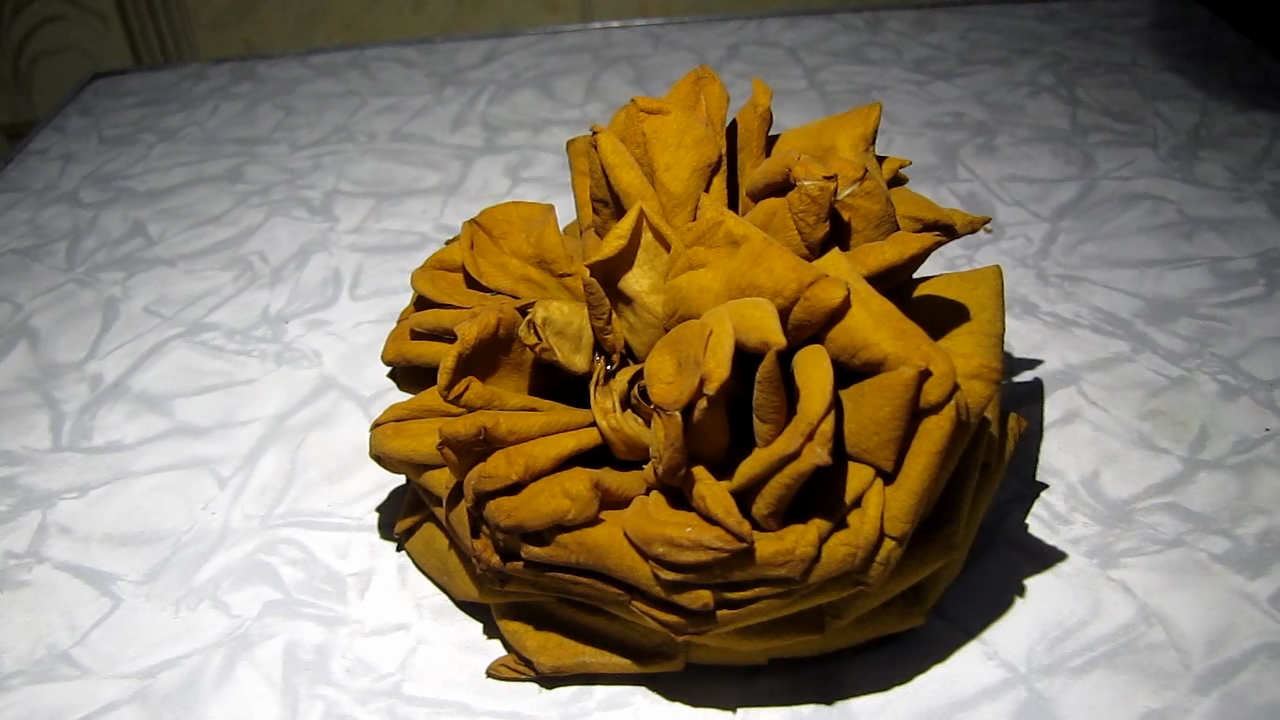
|
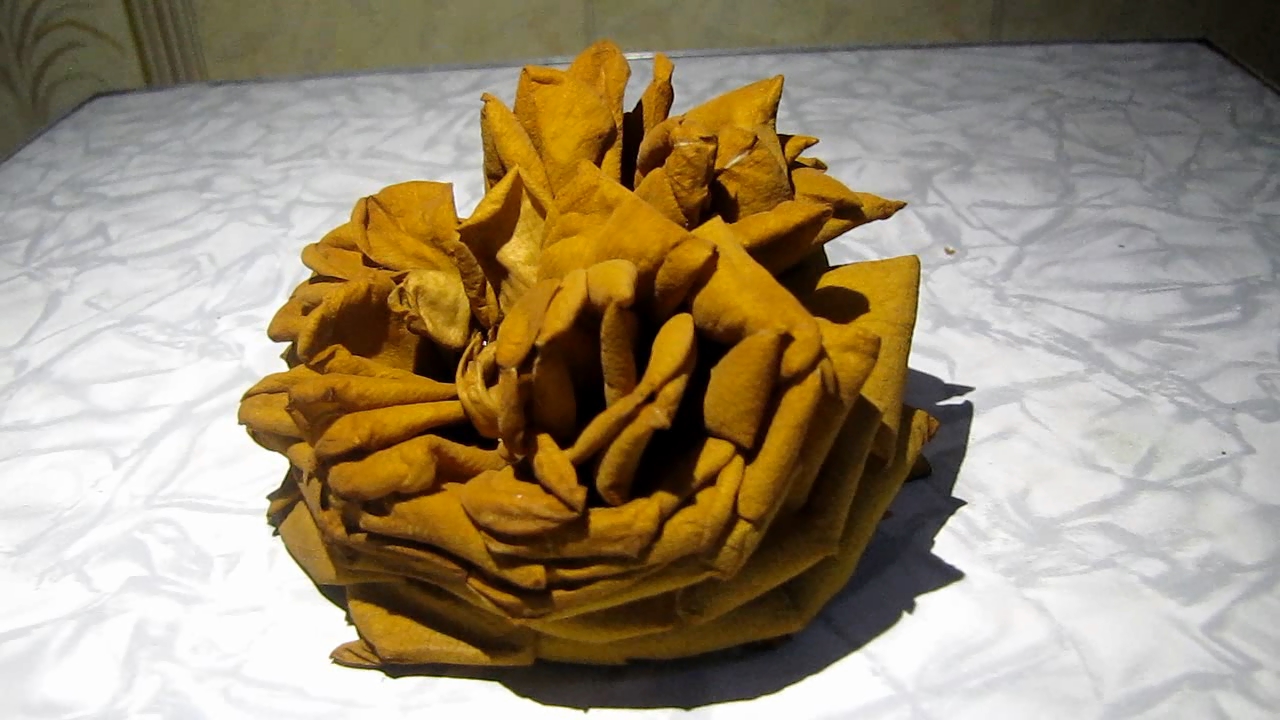
|